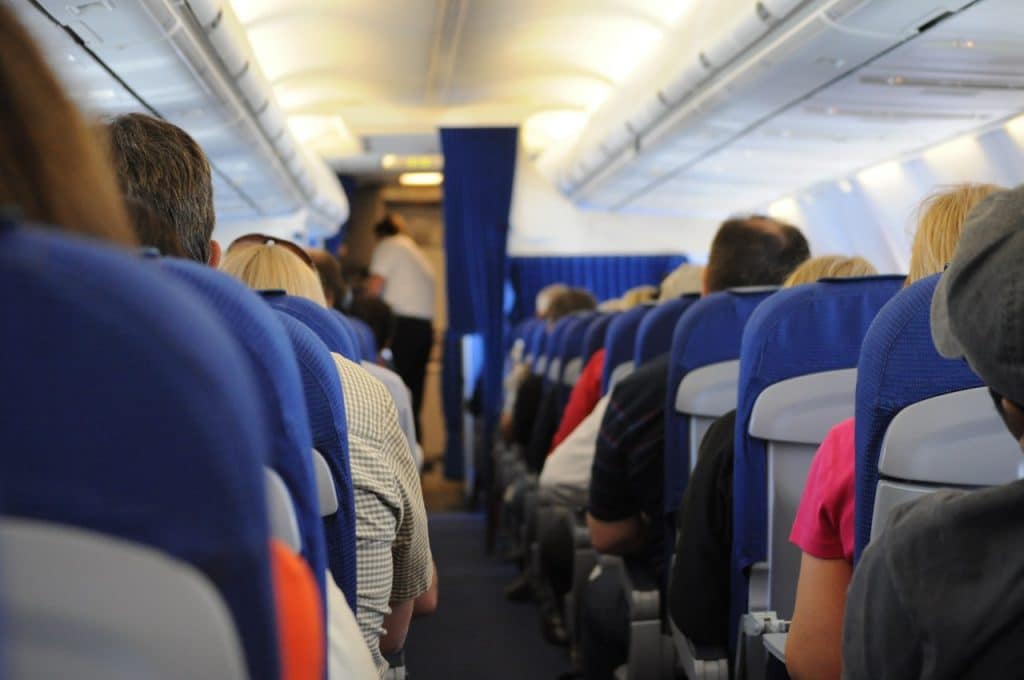I have a bad feeling about this flight, you may think somberly. That rumble you heard is certainly a sign that the aircraft has engine trouble. That stomach-churning feeling as the plane prepares to descend? It’s an indication that the engine has lost its power. Sooner or later, you will hit the ground hard, be engulfed in flames, and die.

Hold on! You’ve been watching too many disaster movies that involve airplane crashes. Before giving in to your fear (and subsequently, your reluctance to travel), know that flying is safest way to travel, statistically speaking. Do you want proof for assurance?
- Pilots undergo very extensive training and psychological tests before airlines hire them. In other words, they are already professionals before the airline decided to put them on their payroll. Most pilots are intelligent, have perfect vision, and have accumulated way over 3,000 of flight time.
- The engines of an aircraft are engineered to perfection. In fact, pilots even finish entire careers without ever experiencing an engine failure. Jet engines are often checked and tested to ensure they are operational at all times.
- An aircraft can still fly safely to its destination if one engine fails. In the catastrophic but unlikely event that all engines fail, the aircraft can still glide for 30 minutes (around 120 miles) since all controls still continue to work. Also, the craft is equipped with multi-redundant systems; in case one system fails, a backup system automatically takes over.
- When an airline buys an aircraft, the company opts for the highest bidder with the promise of the highest level of safety. And every 4 or 5 years, the aircraft undergoes a complete overhaul for maintenance and repairs.
- Even at zero visibility (heavy fog or rain), an aircraft can land on runways since most modern runways are equipped with an electronic guide slope. A modern airplane is also fitted with electronics and sensors that are specifically designed for low visibility.
- From the moment the aircraft taxies on the tarmac and arrives at the destination, the pilot is in contact with air traffic control to ensure safe navigation.
- Airplanes are constructed of very strong materials to resist high winds, harsh weather, and rough landings. Do you want proof? Well, hurricane hunters fly inside and through thunderstorms and hurricanes to study them. If airplanes are as fragile as depicted in the movies, then how come they can come out of the storm perfectly intact?
- Don’t worry about your aircraft running out of fuel. Your aircraft can carry enough fuel to reach their destination, make another approach in case of failure to land, fly to another faraway alternate landing site, and fly in the air for 30 more minutes and still has 10 percent of fuel in their tanks.
As you can see, your phobia on flying is unfounded. So go, fly, and explore the world!

